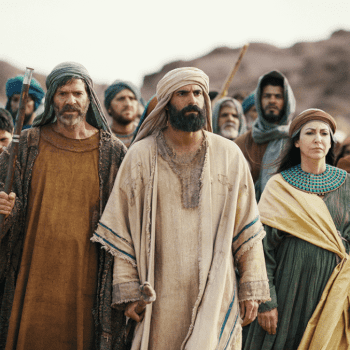I’ve always loved journalism. Born and raised in this industry, a newsroom has been my only professional home. But all is not well in our house. As most people know, the business model that sustained news organizations for the better part of a century has collapsed. Profitability, it turns out, depended not just on paid advertising but also on the near-monopolies that made those ads so lucrative. That symbiotic bond was breached, thanks to the democratizing advent of the Internet.
In the last two weeks, coverage of religion in the mainstream media — and of the faith-tinged issue of abortion — has revealed that our journalism model is also broken. Most dispiriting of all, the recent coverage suggests that economic pressures are making the problem worse.
Despite the presence of the occasional pious Catholic, observant Jew, or devout Protestant, American newsrooms have long been highly secular places. This is as it should be for a mass circulation audience in a pluralistic society. But political and cultural polarization in the past generation has exacerbated the great spiritual divide between journalists and those we cover.
Although the number fluctuates, some 40 percent of the American people describe themselves as evangelical Christians. Yet in traditional U.S. news organizations, print or broadcast, such believers are a rarity. The news coverage tends to reflect this disconnect. Evangelicals are often dismissed, particularly in political reporting, as exotic; or, worse, as a menace to civil society.
Traditionally, the people covering religion knew what they were talking about, at least. And presumably, they exerted a leavening influence inside their newsrooms. But Biblical literacy isn’t necessarily a requirement for that beat anymore; meanwhile, newsroom budget cuts have decimated the ranks of the nation’s religion writers.
Read the rest here















